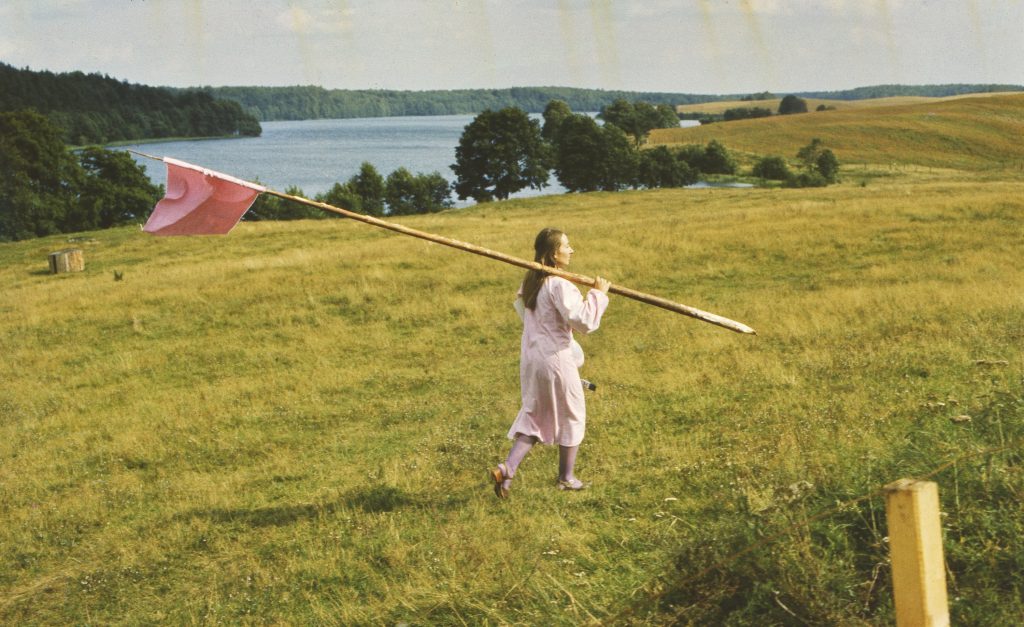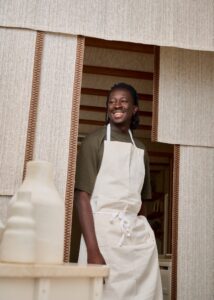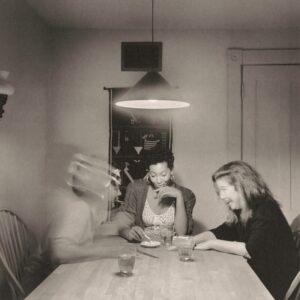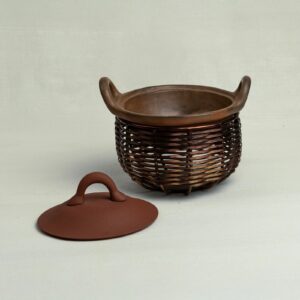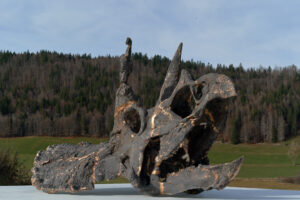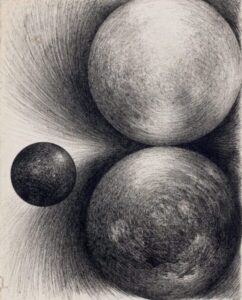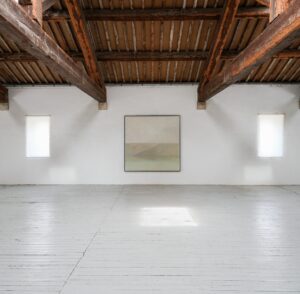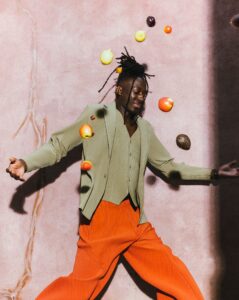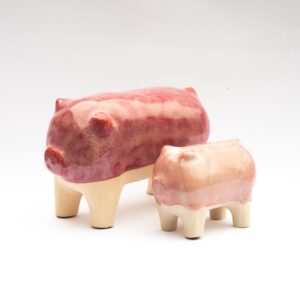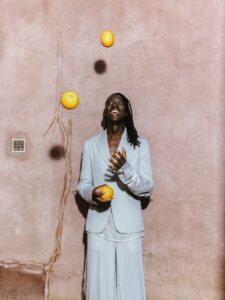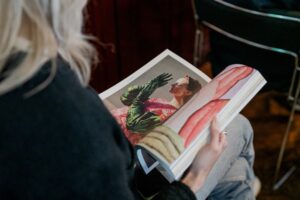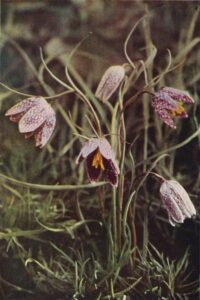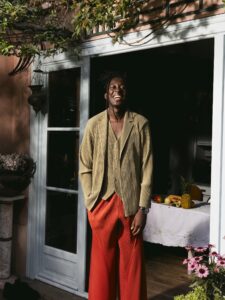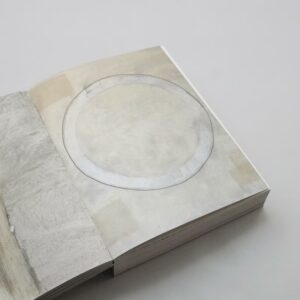BREAKING #270
His hand in her soft thigh
Come. It’s 5:15 a.m. Out of bed. You and I are going to Black Soil Poems by the Kenyan-American Wangechi Mutu at Galleria Borghese. A quiet airport. A flight over the Alps. The train to al centro and then bus 83 rumbling through the steep streets: apricot-colored facades, baroque marble, broken columns, honking scooters, Illy coffee bars, an Emi gas station.
At every stop the bus doors swing open, and the sound of rushing fountains fills the aisle. Rome. That clash between past and present — scale and grandeur mingled with exhaust fumes and soot-stained facades. But in the park of Galleria Borghese, this morning smells of jasmine. On the steps, Mutu’s otherworldly bronze beings, caryatids: gatekeepers of a new order.
I find an encounter in time and space fascinating: does it create fusion, does it chafe, or does something break open? Inside, in the Hall of the Emperors, Mutu’s blackwood bead necklace Prayers (2020) hangs above Bernini’s The Rape of Proserpina (1622). A block of Carrara marble depicting Pluto, god of the underworld, assaulting the daughter of Ceres, goddess of the earth.
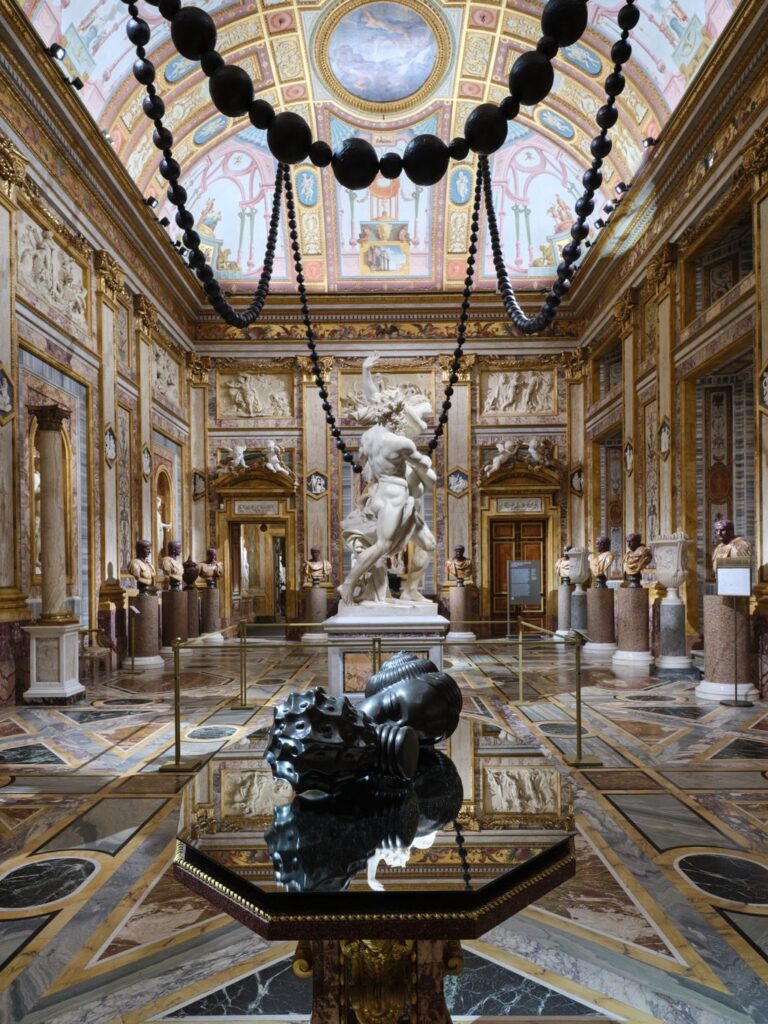
The 23-year-old sculptor chiseled the horror and the futile resistance of the young woman, and the will of the crowned assailant by pressing his hand deep into her soft marble thigh. As a student, I was fascinated by the mastery, but touched by the spirit of the times, and through Mutu’s reference to the rosary, my perception shifts — I feel sorrow for her fate.
Perhaps that visual language is new to you — those baskets of snakes, African goddesses and water nymphs, blood and flames, made of wood, earth, feathers, wax, and bronze — but you can’t deny the inner force of her work, which matches and questions the outward display of power at the heart of the High Renaissance. I’m glad you came along. Unmissable, wasn’t it? Espresso?
— Nicole Ex,
founding editor
